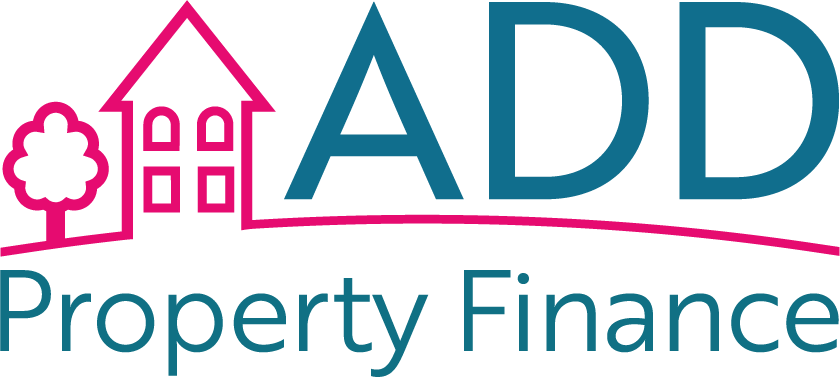For property developers, time is often of the essence. Whether it’s securing a hot investment opportunity, acquiring land for development, or renovating properties for profit, access to quick and flexible financing can make all the difference. Bridging loans have become a go-to solution for developers seeking to bridge financial gaps and seize opportunities. In this article, we’ll provide a step-by-step guide on how property developers can navigate the bridging loan application process effectively.
Step 1: Define Your Objectives
Before diving into the application process, it’s crucial to have a clear understanding of your project’s objectives. Determine the amount of financing needed, the project’s timeline, and your exit strategy for repaying the loan. Having a well-defined plan will help you communicate your needs to potential lenders.
Step 2: Research Lenders
Not all bridging loan providers are the same. Some specialise in particular types of projects or have different lending criteria. Research various lenders to find one that aligns with your project’s needs and goals. Look for lenders with a track record of success in your specific property development niche.
Step 3: Prepare Documentation
Bridging loan applications require documentation to support your request. Typical documentation includes:
- Property details: Information about the property or properties you intend to use as collateral.
- Project plan: A detailed description of your project, including timelines and milestones.
- Exit strategy: How you plan to repay the loan, such as through property sale or traditional mortgage.
- Financial statements: Proof of your financial stability and ability to repay the loan.
- Legal documents: Any legal agreements related to the property or project.
Having these documents prepared and organised can streamline the application process and demonstrate your professionalism to lenders.
Step 4: Consult with Mortgage Advisers
Enlisting the assistance of experienced mortgage advisers can be invaluable during the application process. They can help you identify the most suitable lenders, guide you through documentation requirements, and negotiate terms on your behalf.
Step 5: Submit the Application
Once you’ve gathered the necessary documents and consulted with advisers, it’s time to submit your application to the chosen lender. Be prepared for a thorough review of your proposal, including a property appraisal and risk assessment.
Step 6: Review Offers
As your application progresses, you may receive multiple offers from lenders. Take the time to carefully review these offers, considering interest rates, loan terms, and any additional fees. Ensure that the terms align with your project’s financial objectives.
Step 7: Accept an Offer
After careful evaluation, select the offer that best suits your needs. Be prepared to provide any additional information or documentation requested by the lender to facilitate a smooth approval process.
Step 8: Due Diligence
Once your application is accepted, the lender will conduct due diligence, including property valuations and legal checks. This ensures that the property’s value aligns with the loan amount and that there are no legal issues that could hinder the loan’s progress.
Step 9: Loan Approval and Funding
Upon successful due diligence, your bridging loan will be approved, and funds will be released to you, often within a short timeframe. This allows you to move forward with your property development project.
Step 10: Project Execution and Repayment
With the funds secured, you can execute your project according to your plan. As the project progresses, you’ll need to implement your exit strategy, whether it’s selling the property, refinancing with a traditional mortgage, or another predetermined method.
Conclusion
Navigating the bridging loan application process can be a significant advantage for property developers seeking to seize opportunities and achieve their project goals. By defining objectives, preparing documentation, seeking expert advice, and carefully evaluating offers, you can streamline the process and secure the financing you need to succeed in the competitive world of property development.







